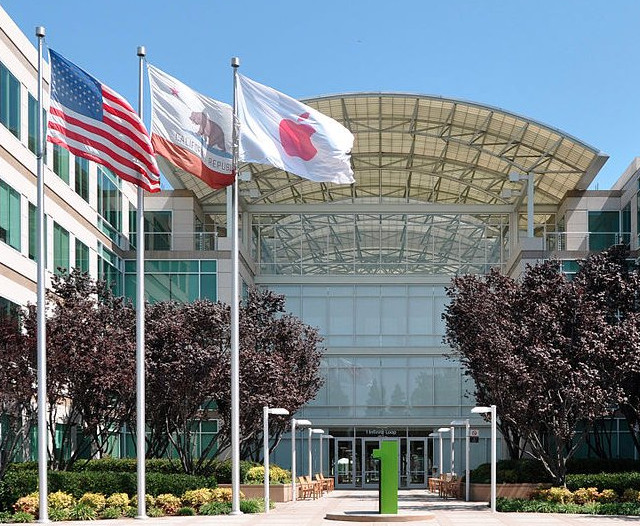The Career of Robert Noyce

Robert Noyce, founder of Fairchild Semiconductors and co-founder of Intel.
Robert Noyce grew up in Grinnell, Iowa. The son of a preacher, he went into Grinnell College as a physics major. Despite nearly being expelled from the college due to a luau prank, he managed to gain access to some of the first transistors to be produced from Bell Labs. This developed a fascination within him, moving him to pursue a Ph.D. at MIT in 1948. He found that his knowledge of transistors often went further than that of many of his professors, pushing him to more quickly pursue a career in the field. He began at Shockley Semiconductors, moving to Southern California in the Palo Alto area. While working at Shockley Semiconductors, Robert Noyce felt frustration toward the manner in which the company was being run. Instead of trying to make change within, he teamed up with several other researchers; they left Shockley and founded Fairchild Semiconductor in 1957. At Fairchild, he pioneered the development of semiconductors, beginning with the creation of the integrated chip, which held several semiconductors on one piece of silicon. He ran the company with leniency and a distinctly different form of business management, putting himself among his employees. Even so, many of his employees “defected” from Fairchild and began their own semiconductor companies. This spark of start-ups in the Santa Clara Valley helped to give it the nickname of “Silicon Valley,” making it America’s capital of technological development. Even Noyce defected from Fairchild, his own company, in 1968 to form Intel with another of the original Shockley defectors, Gordon Moore. While at Intel, Noyce continued his policy of a “casual working atmosphere,” and oversaw Ted Hoff’s creation of the microprocessor in 1971, an invention that rocked the very foundations of Silicon Valley’s future.

